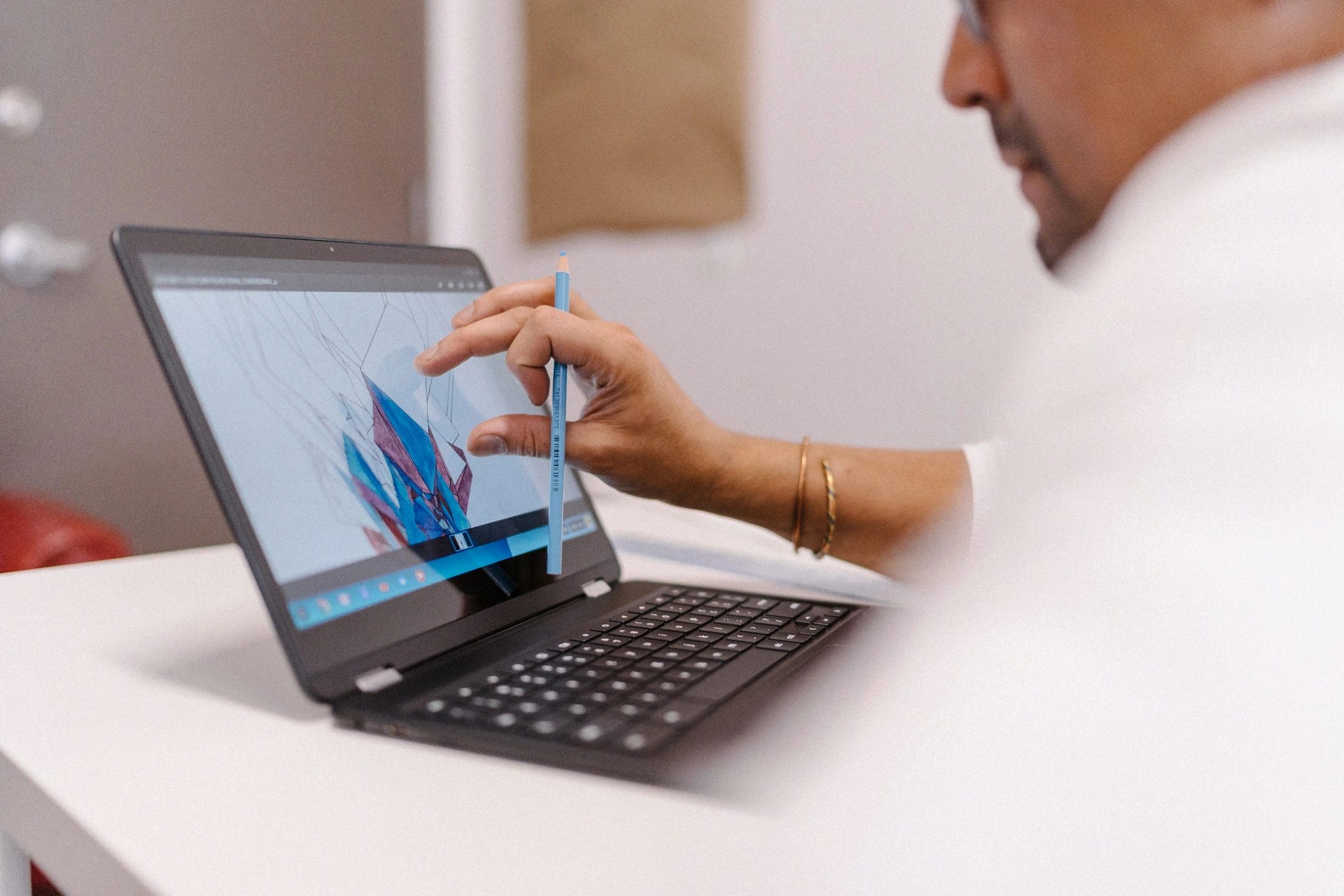Finance News
Top 5 Ways To Find The Best Monitor

Do you keep your eyes glued to the screen for most of your work? Are you into gaming or designing? If so, buying a desktop with a monitor is a wise decision. One considers the RAM size, processor speed, graphic cards, and it is usually the monitor features that take precedence. The display features let you experience the response time, refreshing speed, image clarity, etc. It is essential to be familiar with monitor specifications while buying a PC. At times, people upgrade to a new monitor with enhanced properties. Whatever be the case, below is the list of features that will help you find a monitor suitable for your requirements.
Size and Resolution
For a layman, the screen size is a definite factor while choosing a monitor. In general, a large-sized monitor with higher resolution offers better pictures. A larger size is a must for people in designing and media creations. For people who work or play for a longer duration, a minimum of 23 inches is opt. Those involved in creative work need a minimum of 30 inches. A new category is an ultrawide monitor that lets you use different screens simultaneously. It is helpful to business managers for comparative analysis and multitasking. These have a high aspect ratio of 21:9 or greater.
Resolution is the number of pixels and is a product of vertical and horizontal pixels. The higher the resolution within the given aspect ratio, the sharper is the image. The popular specifications are 16:9 and 1920×1080 pixels. Curved screens are the latest hype in the market. Their screen size is large, more than 30 inches, and provides excellent immersion. It creates wonders for the gaming platform. For 4K resolution, LED display, and larger screen, you will have to shell out a lot of cash. If you are running low on budget, go for carton damaged products to save some cash.
Port Connectivity
The monitor has to connect to the PC or Laptop. But that is the least requirement. Today we use monitors for top-notch video displays. So, monitors have an array of ports. The best option here is the Displayport connector. They support 4K resolution and are compatible with AMD and NVIDIA graphic cards. At a refresh rate of 240 Hz, these connectors are best for gaming. They carry audio and video on a single cable and have an inbuilt sound system. HDMI stands for High Definition Multimedia Interface and is the most popular connection available on the market. It has both video and audio capability and is compatible with televisions too. The latest versions can support up to 10000 pixels at a frequency of 120 Hz. Other connector types include DVI, VGA, etc. With a USB-C connector, you can link the monitor to phones too. They use an interface called Thunderbolt. Most modern monitors have different options for port connectivity.
Refresh Rates and Response Time
The refresh rate is the speed at which images can change or refresh. Response time is the rate at which the screen goes from black to white and vice versa. A higher refresh rate implies better animation and motion graphics. The minimum refresh rate of monitors is 60 Hz, and for gaming monitors, it could go up to 240 Hz. With graphic cards, we have the variable refresh rate technologies. High-refresh monitors support FreeSync or G-Sync technologies.
Panel Type
Panel types largely determine the price and usage of the monitor. The twisted nematic (TN) panel is affordable and handles motion graphics well. These are suitable for gaming. They can support a refresh rate of 240 Hz. Choose in-plane switching (IPS) panels to have better viewing angles and richer color. Graphic designers can go for the IPS panel. The VA (vertical alignment) model combines the pluses of both. But their response time is lower than that of the TN panel. Mini-LED and OLED (organic light-emitting diode) are the two upcoming panel technologies that buyers can pick.
Pricing and Usage Considerations
Monitors come in a wide variety and price range. Basic models are 22-23 inches wide and have LED backlighting. They cost about 100 dollars. These are suitable for simple business purposes and do not handle much graphic processing. For photography and graphics works like designing, video editing, one requires a monitor with a higher resolution and large screen size. It ensures realistic colors and sharper images. In the market, some high-end monitors have a screen size ranging from 27 to 38 inches. They can provide a resolution of up to 6K and support different port connectors. Their price varies from 1000$ to 6000$. For gaming, the requirements differ. They need a higher refresh rate and response time and have to support adaptive syncing technologies.
Final Thoughts
Before buying a monitor, be clear about your requirements. Be familiar with the various monitor specs and the compatibility of the PC. Choosing features that you require helps you to avoid overspending. Introspect the things that you will do with the help of a monitor, whether you need it for business meetings, do you have to edit videos, come up with high-resolution images, play games, or for coding purposes.
And last but not least- Glossy screens appear stylish, but they can be reflective and do not provide a clear view for some people. Therefore, check this condition before buying. Finally, do check out the user reviews.



